Please note that inclusion of a tool on this site does not imply that the HSMA team have reviewed these tools in detail. This is designed to act as a signpost to the work out there, and provide a high-level indication of the health of any given project, but you should always conduct your own reviews of the suitability of any of these tools and techniques for your own use case.
Inclusion of a tool on this page also does not indicate endorsement of the tool author of the HSMA programme or the description written of the tool.
If you have any concerns, or would like any content to be removed, please contact Sammi Rosser or raise an issue on the repository.
| Status | Description |
|---|---|
| Bronze | A script, tool or package with limited documentation and/or that may need significant reworking to be reused. This may also be used to denote a project at an earlier stage of development, or which may no longer be maintained/receiving updates. |
| Silver | Either
However, compared to a ‘gold’ ranked project, these projects may be more limited in terms of automated tests, documentation, or may have limited adoption or maintenance. |
| Gold | Either
All would be expected to have extensive tests, clear documentation, and be well-established projects that are actively maintained. |
Analysing and Improving Pathway Performance
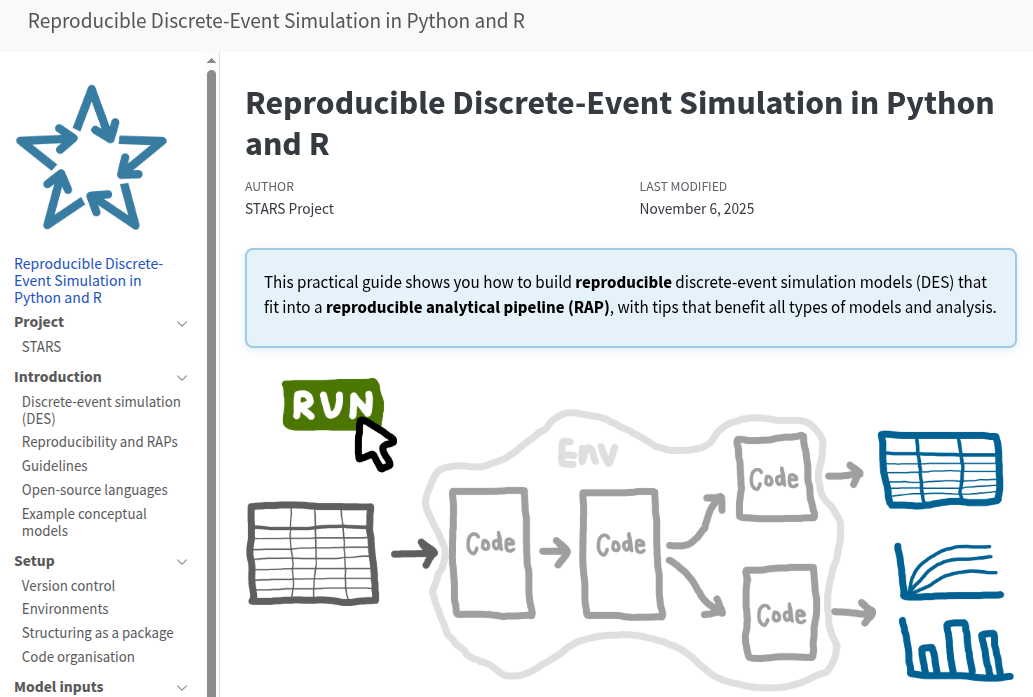
DES RAP Book is an open resource and website for building discrete-event simulation (DES) models within a reproducible analytical pipeline (RAP), supporting the healthcare simulation community. The resource demonstrates practical, code-based workflows and tools to help researchers and practitioners develop, validate, and share DES models in Python (SimPy) and R (simmer), ensuring models are reproducible.
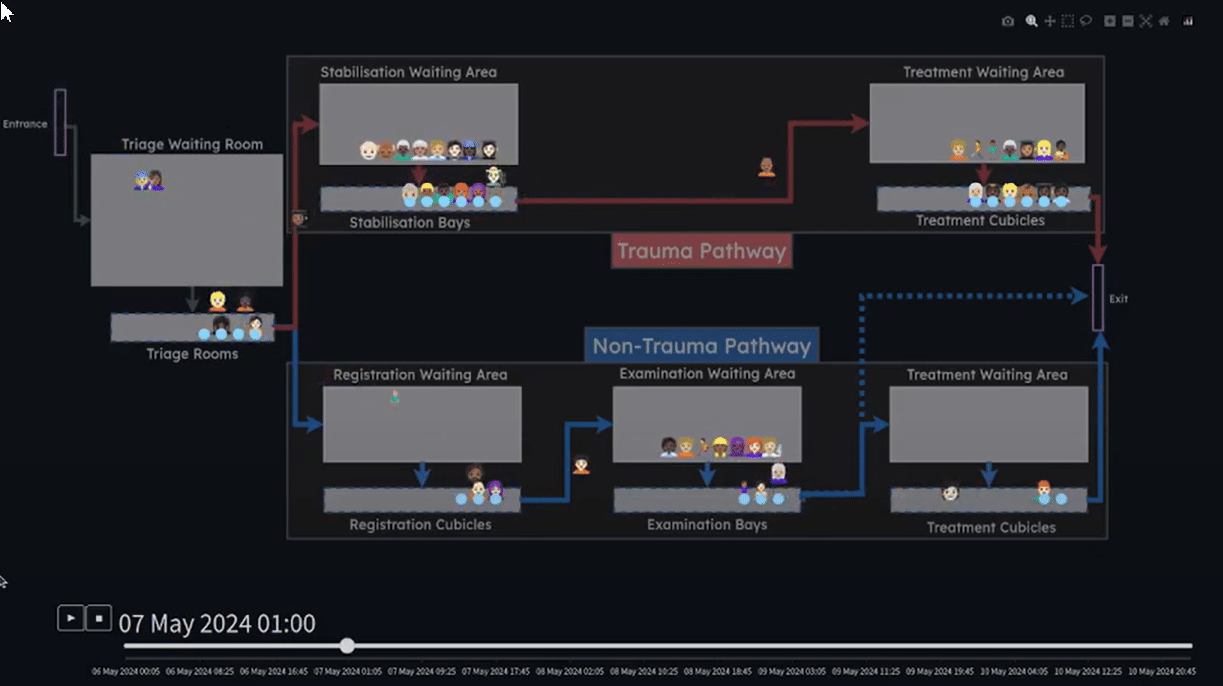
Vidigi is an animation library for showing patient flows and bottlenecks in simulations and for historical simulation logs.

bupaR (and associated packages across the bupaverse) are libraries for process mining that helps healthcare analysts explore how patient pathways, test result flows, and other clinical processes actually unfold. By turning event data into visual - even animated - process maps, it highlights delays, rework, and variations that can guide service improvement.
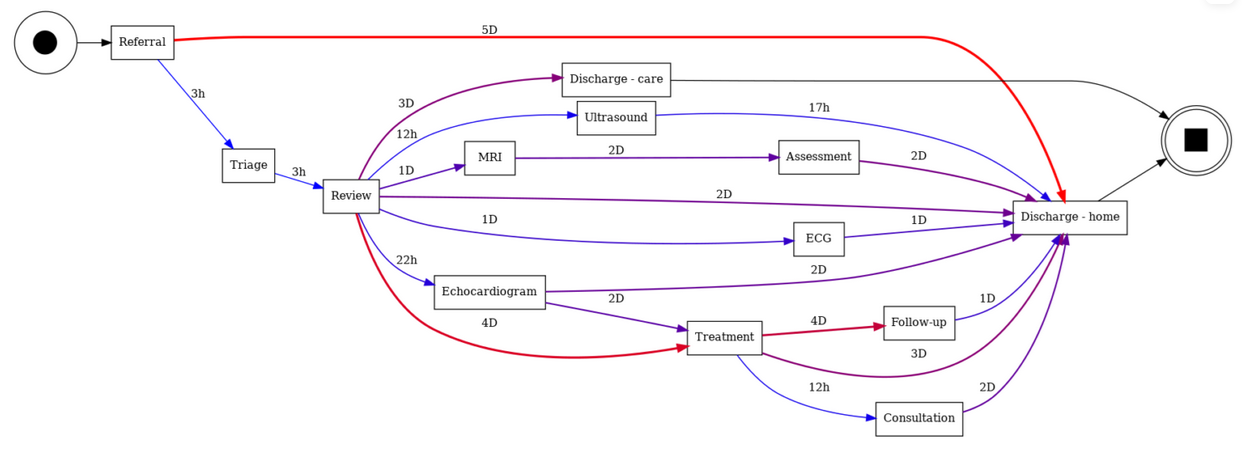
pm4py is a Python library for process mining that helps healthcare analysts explore how patient pathways, test result flows, and other clinical processes actually unfold. By turning event data into visual process maps, it highlights delays, rework, and variations that can guide service improvement.
Automation of Reporting
Demand Forecasting
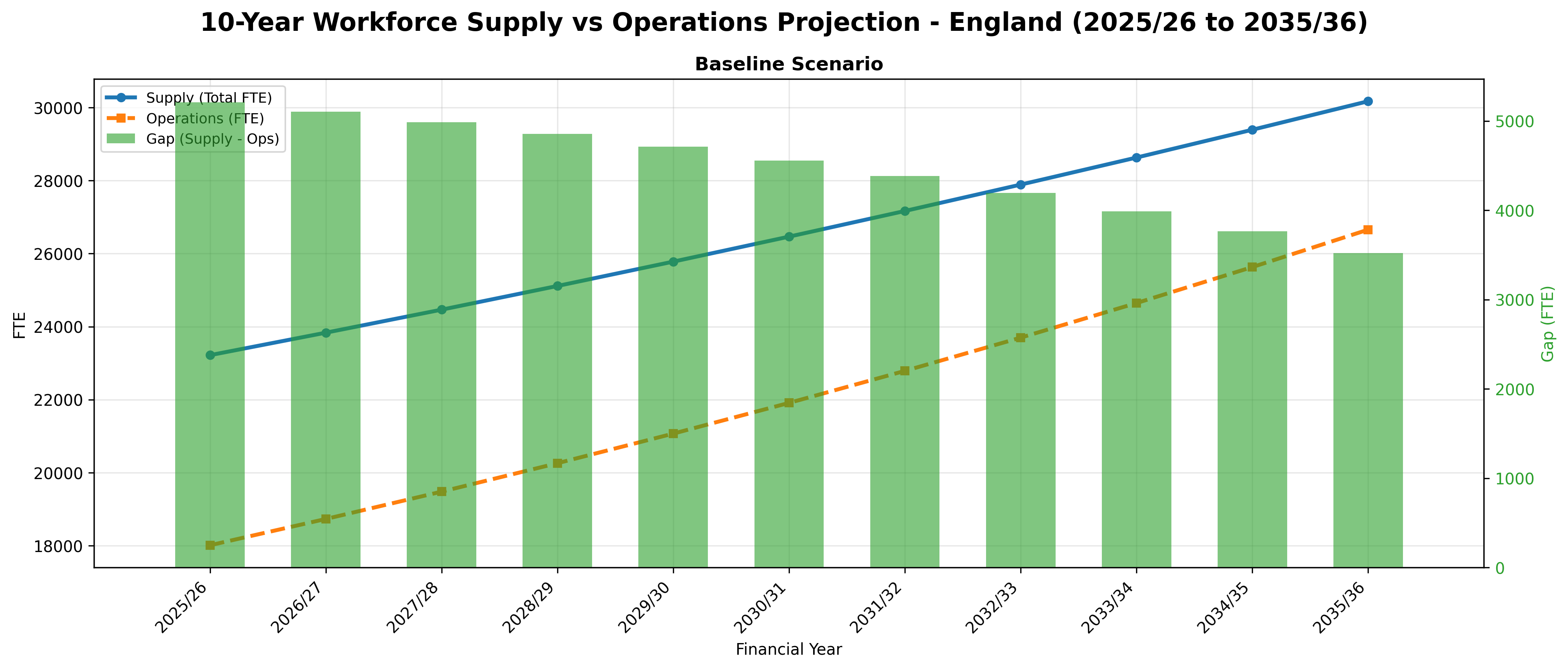
Workforce projection model to support NHS workforce planning for community pharmacy services, with a focus on pharmacists and pharmacy technicians.
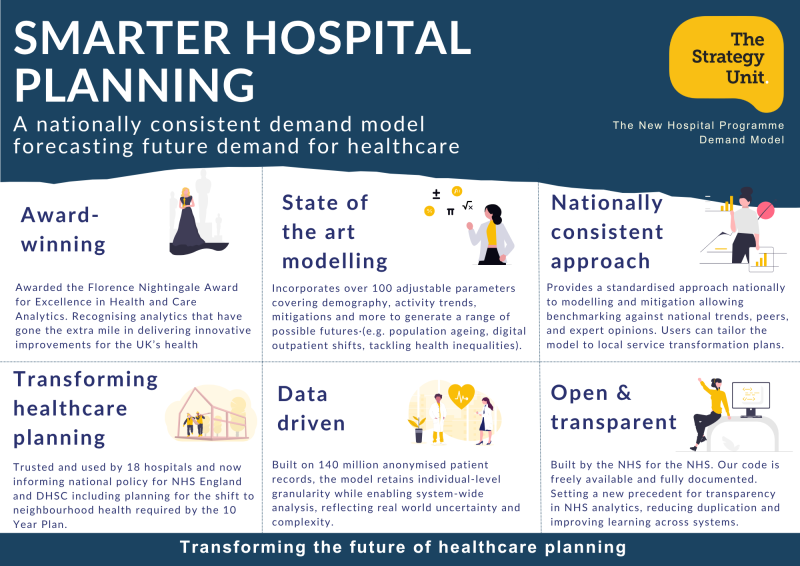
The Demand and Capacity Modelling Tool, developed by the Strategy Unit for DHSC and its partners, supports robust and transparent forecasting of future hospital activity to inform the design and scaling of over 40 new hospitals planned by 2030.

NHSRtt is an R package, providing analysts with a simple stock-and-flow modelling framework for NHS referral-to-treatment (RTT) data. The tool supports scenario testing and planning for elective care pathways by translating patient flow data into projections of waiting list size and treatment demand.

Nowcasting uses real-time data and statistical modelling to estimate what is happening right now — before all information has fully arrived. In healthcare, it helps anticipate short-term trends such as hospital admissions or bed occupancy, enabling faster, data-informed operational decisions even when reporting delays or incomplete data make the current situation unclear.
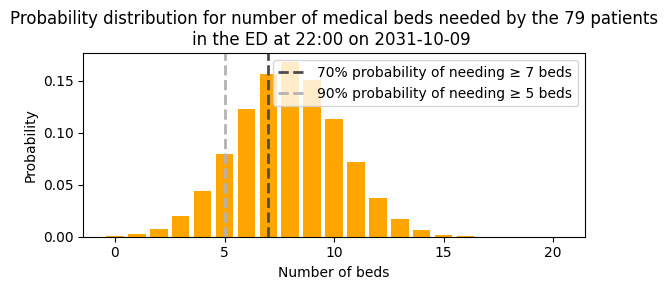
PatientFlow is a Python package for real-time short-term predictions of hospital bed demand. It uses snapshots of current in-hospital patients as well as expected future arrivals, converts patient-level predictions into aggregated group-level bed-count forecasts, and delivers actionable outputs for bed managers, such as a likely range of the number of beds needed in the next 8 hours for a given specialty. The package is designed for operational, short-term use as opposed to long-term strategic planning.
KPI Reporting

NHSRplotthedots is an R package that simplifies the creation and automation of statistical process control (SPC) charts for KPIs. It helps analysts and teams move beyond static KPIs to understand true performance variation and identify opportunities for improvement.

NHSpy-plotthedots is a Python port of the NHSRplotthedots package that simplifies the creation and automation of statistical process control (SPC) charts for KPIs. It helps analysts and teams move beyond static KPIs to understand true performance variation and identify opportunities for improvement.
Web-based Tools and Interacive Interface Creation
Other

Python tool to assist Integrated Care Boards (ICBs) to perform need based allocation based on defined place. It uses the most recently produced GP Registered Practice Populations as well as the weighted populations calculated from the Allocation model for each of its components.

The NHS RAP Community of Practice, maintained by NHS England, supports analysts and teams in adopting reproducible analytical pipeline (RAP) methods.
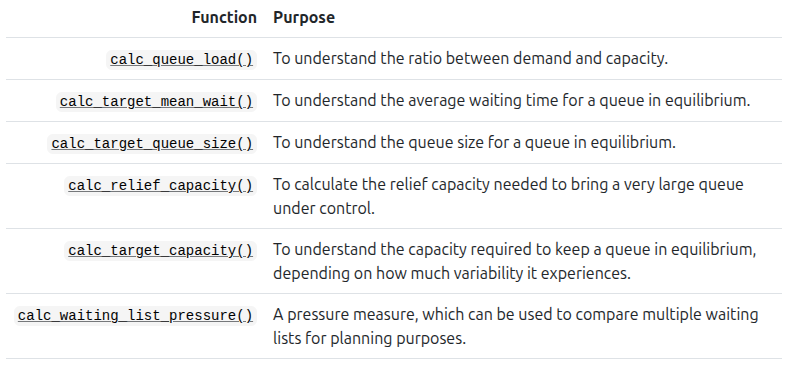
NHSRwaitinglist is an R package implementing the waiting list management approach described in the paper Understanding Waiting Lists Pressures by Fong et al (2022).

Initial proof of concept and exploratory analysis for the design of a holistic and interactive mapping tool to support decision-making in health and social care.
"BPTK-Py is a Python package for building simulation models using System Dynamics and agent-based modeling."

The opencodecounts R package provides easy access to yearly summaries of clinical code usage in England. The package makes NHS England's published datasets available in R and an interactive online tool, covering SNOMED CT codes in primary care and ICD-10/OPCS-4 codes in secondary care.


